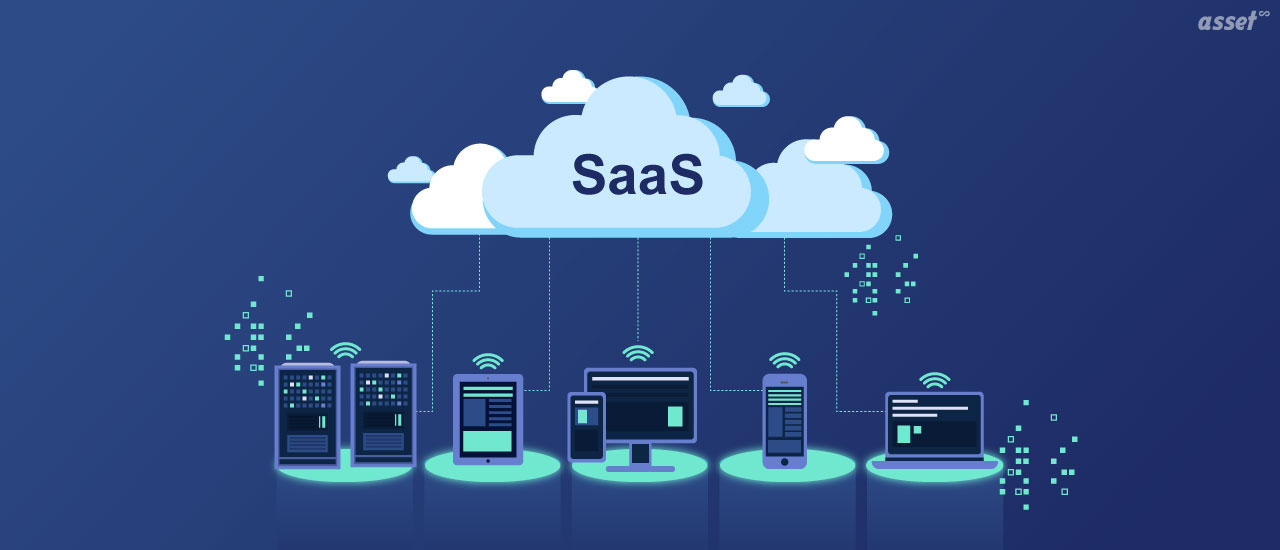
Smooth Sailing with SaaS Onboarding: Best Practices
SaaS, or Software as a Service, has revolutionized the way organisations use and manage their software applications. With the rapid growth of SaaS solutions, effective onboarding has become essential for organisations to maximize the value of their software investments. In this article, we’ll explore the best practices for smooth SaaS onboarding. By following these guidelines, businesses can ensure a hassle-free transition to SaaS solutions.
Set Clear Objectives
To begin a successful SaaS onboarding process, start by setting clear objectives. Why is your organization adopting this specific SaaS solution? Define your goals and expectations. Are you looking to streamline operations, improve collaboration, or reduce costs? Clarity in objectives is the foundation of a successful onboarding process.
Choose the Right SaaS Solution
Selecting the right SaaS solution is pivotal. Evaluate multiple options, keeping in mind your objectives, budget, and scalability needs. Remember, one size doesn’t fit all. Consider the unique requirements of your organization. It’s vital that the chosen solution aligns with your business processes.
Assess Your Current Workflow
Before implementation, it’s essential to assess your current workflow. Understanding how your organization operates will help identify where the new SaaS solution can bring the most significant improvements. This knowledge will guide the customization and configuration of the software.
Create a Cross-Functional Team
Onboarding is a collaborative effort. Assemble a cross-functional team with members from different departments. Their diverse insights and perspectives will be invaluable during the onboarding process. This approach ensures that all aspects of the business are considered.
Develop a Clear Onboarding Plan
A well-structured plan is a roadmap to success. Create a detailed onboarding plan that outlines all necessary steps, milestones, and timelines. This plan should be easily accessible to all team members and stakeholders. It’s a crucial reference point throughout the onboarding journey.
Training and Education
Proper training is fundamental. Train your team on how to use the new SaaS solution effectively. Provide educational resources and conduct hands-on workshops. This approach ensures that users are confident and competent with the software from day one.
Address Security Concerns
Security is paramount when adopting SaaS. Address potential security concerns early in the onboarding process. Verify the security features of the SaaS solution and make sure it complies with your organization’s security standards and regulations.
Data Migration Strategy
Moving existing data to the new SaaS solution can be a complex task. Develop a robust data migration strategy. Ensure that the data is transferred accurately and securely. A data migration plan should also include a backup and recovery strategy.
Customization and Integration
SaaS solutions can often be customized to align with your organization’s unique needs. Identify which aspects of the software need customization and prioritize integration with other tools your team uses. This streamlines operations and ensures a seamless user experience.
Conduct Pilot Testing
Before a full-scale implementation, carry out a pilot test with a select group of users. This phase allows you to identify potential issues and gather feedback from real users. Make necessary adjustments based on their input.
Gather Feedback
Feedback is invaluable during onboarding. Encourage users to provide feedback throughout the process. This information can highlight any pain points or areas that need improvement, enabling you to make necessary adjustments.
Ongoing Support and Training
Onboarding doesn’t end with the initial implementation. Offer ongoing support and training to users. SaaS solutions often release updates and new features, so ensure your team is up to date with the latest advancements.
Monitor and Analyze
Implement monitoring tools to track the performance and usage of the SaaS solution. Regularly analyze this data to identify areas of improvement and assess whether the software is delivering the expected benefits.
Continuous Improvement
The SaaS landscape is dynamic, with new solutions emerging frequently. Stay updated on industry trends and emerging technologies. Be open to continuous improvement, and be ready to adapt to changes as needed.
Communication is Key
Effective communication is crucial throughout the onboarding process. Keep all stakeholders informed about the progress and any changes. This transparency builds trust and reduces uncertainty.
Celebrate Milestones
Recognize and celebrate the achievement of milestones during the onboarding process. This boosts morale and motivates the team to continue their efforts with enthusiasm.
Document the Process
Documenting the onboarding process is essential for future reference. Create a repository of knowledge that includes all the steps taken, issues encountered, and solutions applied. This documentation serves as a valuable resource for future projects.
Evaluate ROI
After successful onboarding, evaluate the Return on Investment (ROI). Measure the cost savings, productivity improvements, and any other benefits achieved through the SaaS solution. This data can justify the initial investment and help with decision-making in the future.
Learn from Mistakes
Not everything always goes as planned. It’s crucial to acknowledge and learn from any mistakes made during the onboarding process. Use these experiences to improve future onboarding efforts.
Seek Professional Assistance
If your team lacks the expertise to manage the onboarding process, consider seeking professional assistance. Consultants and experts can provide valuable guidance and ensure a smoother transition.
Conclusion
Smooth SaaS onboarding is essential for organizations looking to make the most of their SaaS investments. By following best practices, such as setting clear objectives, choosing the right SaaS solution, creating a cross-functional team, and offering ongoing support, businesses can navigate the onboarding process with ease. Remember that onboarding is not a one-time event; it’s an ongoing process that requires continuous improvement and adaptation to changing business needs and technology landscapes.
In today’s rapidly evolving business environment, SaaS solutions are a driving force behind innovation and efficiency. Smooth onboarding ensures that organizations are equipped to leverage these solutions fully. By following these best practices, your organization can sail smoothly into the world of SaaS and harness the benefits of modern technology.



